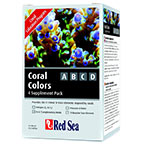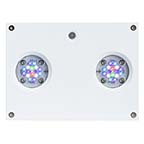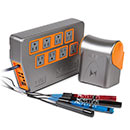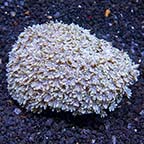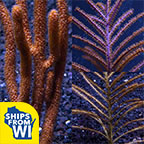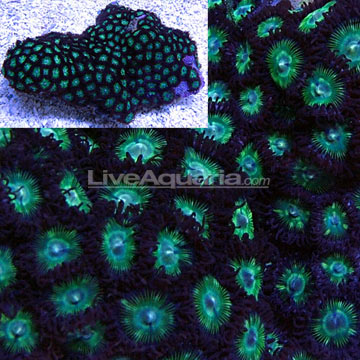
Additional locales and sizes may be available!
Additional locales and sizes may be available! Email me when availableQuick Stats
What do these Quick Stats mean? Click here for more information
What do these Quick Stats mean? Click here for more information
Overview
Zoanthids are unique in that they incorporate sand and other small pieces of material into their tissue to help create their structure. In the wild, Zoanthids often occupy fringe environments (intertidal, back reef, other shallow areas, over dead corals), making them quite a hardy choice for the reef aquarist.
Easy to maintain, Colony Polyp Green require a medium light level combined with a medium water movement within the aquarium. For continued good health, they will also require the addition of iodine and other trace elements to the water. They will reproduce easily in the reef aquarium by budding (splitting off a portion of their base or mouth), which will increase the size of their colony.
They contain the symbiotic algae zooxanthellae which provide some of their nutritional requirements. They will also benefit from additional feedings of micro-plankton or brine shrimp given to each individual of the colony.
Approximate Purchase Size: Small: 1" to 2-1/4"; Medium: 2" to 3-1/4"; Large: 3" to 5"





